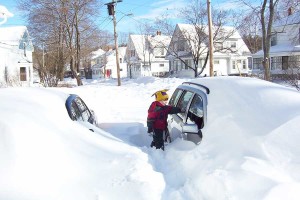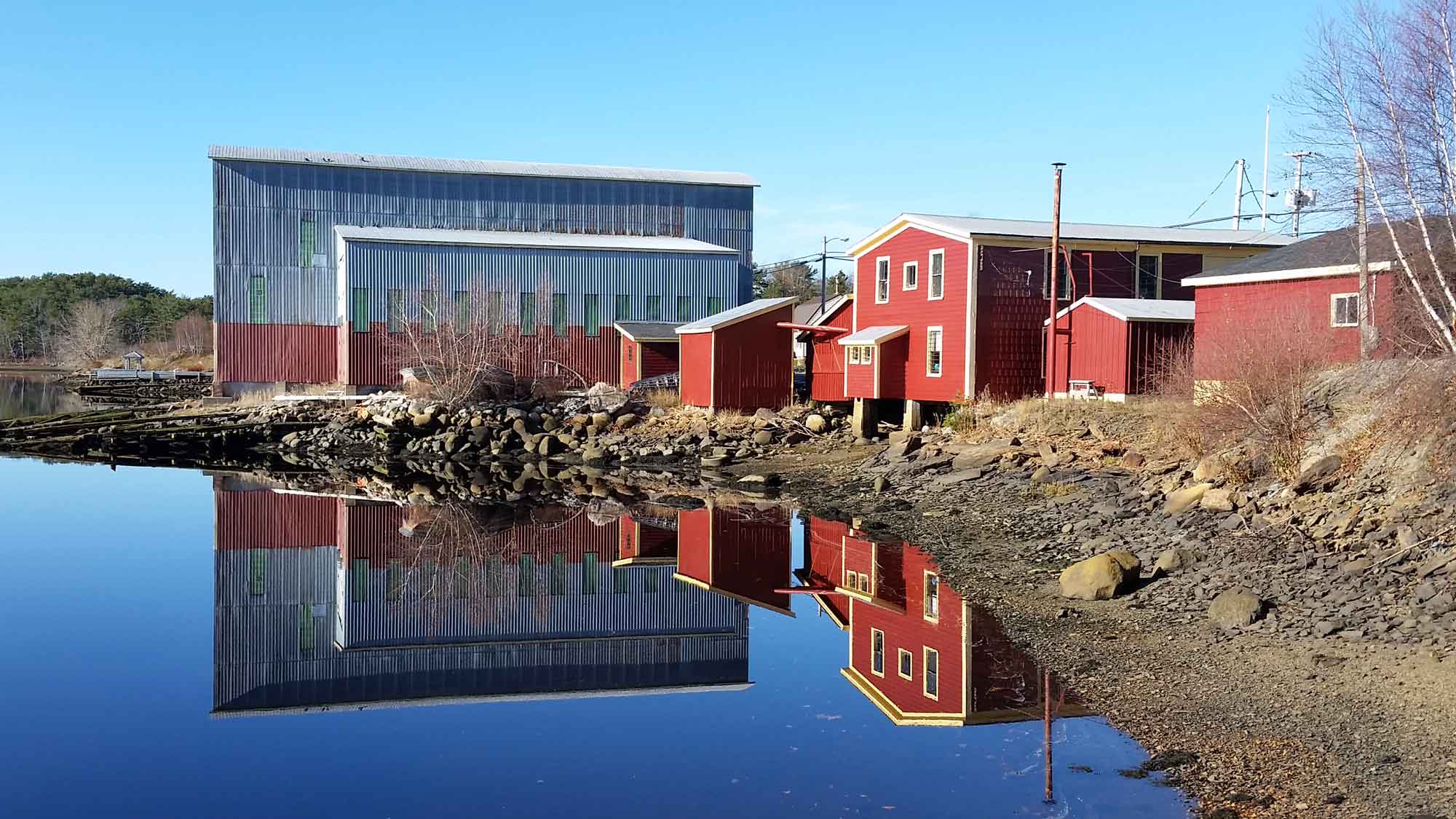
In September 2003, Hurricane Juan swept through Nova Scotia like a giant chainsaw, wreaking havoc from Halifax’s Point Pleasant Park, inland across the province, all the way to PEI.

Five months later, in February 2004, a “weather bomb” dumped a metre of snow on Nova Scotia and was unofficially named White Juan after the previous season’s hurricane. It paralyzed much of the province for several days as citizens dug out.

Today’s nor’easter has been unofficially dubbed “Juan-a-be”. Meteorologists apparently learned a lot from White Juan, and had this storm pegged to be a similarly serious weather event far in advance. Apparently all their computer models were pointing to the same story; that a low pressure system would form off Cape Hatteras and move up the coast, walloping Nova Scotia with wind, snow, rain and then more snow.
And so it has come to pass. One can only marvel at the science that can predict such things. Everyone was talking about the storm for days. We took it for granted that school would be cancelled. The bread shelves in the grocery store were emptied by shoppers preparing for power outages. All day, my Facebook feed was mostly about the storm, with people staying connected to each other even while isolated by impassible drifts.
The snow came sideways, starting this morning and continuing all day. It continues to blow even harder, having backed to the north, though less snow is falling.

In the late afternoon, at high tide, I made an excursion down the road to see what damage the storm surge might cause. The snow stung my face and the wind bent me over as I trudged along. In sections sheltered by evergreens on both sides of the road, the snow lay quiet and even, untouched by blade of plough or rubber tire. Elsewhere, the wind had swept the road bare.
Approaching the Oak Island causeway, I saw that the storm surge would not damage the road, even though the water level was high, because there was still ice along the shore which buffered the energy of the waves. The northeast winds did not travel far across water and did not raise high enough waves to do damage here.
But I can only imagine what is happening on the Northumberland shore.
